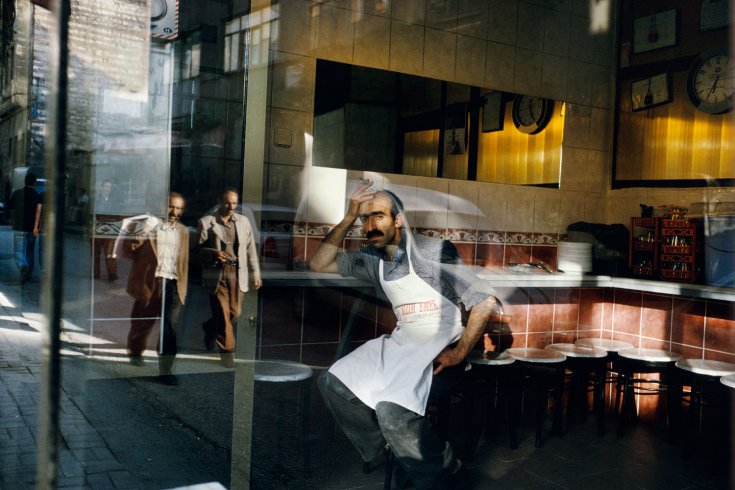Today I would like to tell you about visual culture and why it is so important to see the work of other photographers, painters, musicians and artists.
What does the Visual Culture mean?
Visual Culture is a common concept in all those visual realities of any kind that affect humans. It is the world of images, especially artificial, that express and shape our way of thinking, living and loving.
It comes from the creation of aesthetics and art history although humans since prehistoric times already used images to tell their traditions, their lives and their important events.
Visual culture we can understand as painting, sculpture, architecture, design, music, and above all photography.
Why am I talking about that today? Because I think that every person who pretends to be a photographer … a good photographer… should have a well-developed visual culture.

Although we live surrounded by images, today more than ever, it is still difficult for us to recognize good art, good photo, or understand any art that we have in front of us.
When a person starts in photography, you can tell if this person has read, if he has seen the work of other photographers, if he goes to museums, if he sees the paintings, if he sees movies, if he goes to the theater … in short- Yes, you can recognize if his visual culture is broad or not.
When I started photographing, the first thing that crossed my mind was to see the work of other photographers and what kind of photos exist and have been taken. I can’t imagine being a photographer without seeing photographs of Alex Webb, Steve Mccurry, Robert Capa or Koudelka.
In the same way that I cannot imagine being a musician without knowing Beethoven, Mozart, Chopin or Metallica. If you want to be a writer, you need to learn the alphabet or read great books of Shakespeare, Orwell, or Tolkien. Simply, you need to soak up art because all these are exercises that sharpen our creative capacity.
Visual culture allows us to be more sensitive, helps us to better understand what we see, find the context for it, be more critical for our work and, above all, be a better photographer.

Sometimes looking at the work of a novice photographer, you see his way of making images, although not yet so perfect. It hides everything that he has seen, that he has read, that he has touched and everything that he has learned.
Today we live in the highly visual world where photography has a central place. Everyone has their little camera in their pocket and everyone can be called a “photographer”. But that does not mean that people view, use and critically produce visual content.
In order to competently participate in a vision-oriented society, we need to educate ourselves not to be visually illiterate.
Although many can take photos with their cameras, few have a solid visual culture. One could even say- it is rare.
If learning to see and read images correctly is important for everyone, imagine how important it is for people who are dedicated to photography. It’s crucial.
As much as practicing photography, knowing her history and the great photographers is important.
As Ansel Adams said “We do not take photographs solely with a camera: we bring to the photographic act all the books we have read, the films we have seen, the music we have listened to, the people we have loved.”
A rich intellectual life and a mind full of photographs that you have seen before produces images full of wealth. The inner poverty and mind that have no where to draw inspiration causes mediocre photographs.

A good photographer must nurture his mind, and inspire himself with the creativity of others.
For a long time I myself organized meetings with photographers where I presented photographers from now or from the past. The idea of these meetings was to be inspired and to know pictures of others that in the future can serve as a source of inspiration. With that, what I wanted was to create a visual culture in others.
While writing this text, I would like to give you a photographer who is a example for me and whose images had big impact in how I photograph today. His is one of the best street photographers I know.
If you do street photography, but also if you do documentary photography, you simply cannot not know him. It is a pleasure to be able to introduce you to Alex Webb
American photographer from a Magnum agency pages. At the beginning he was black and white photographer but when in Mexico an Haiti he understood that the had to shoot in color to show the culture of this places.

Alex Webb is known for using layers in his photography and he uses a lot of elements in his photos. The main elements on his photos are the feeling of threat the desolation of the individual against the dynamism of the group, the play with colors or the play of shadows and lights.
“The way I photograph has to do with who I am, the way I see. And I’m trying to look at I perceive as the full complexity of a place or a situation. A full complexity of the world.”- Alex Webb
You can also see a very interesting interview with Alex Webb on YouTube.


I invite you also to see my other blog posts.


